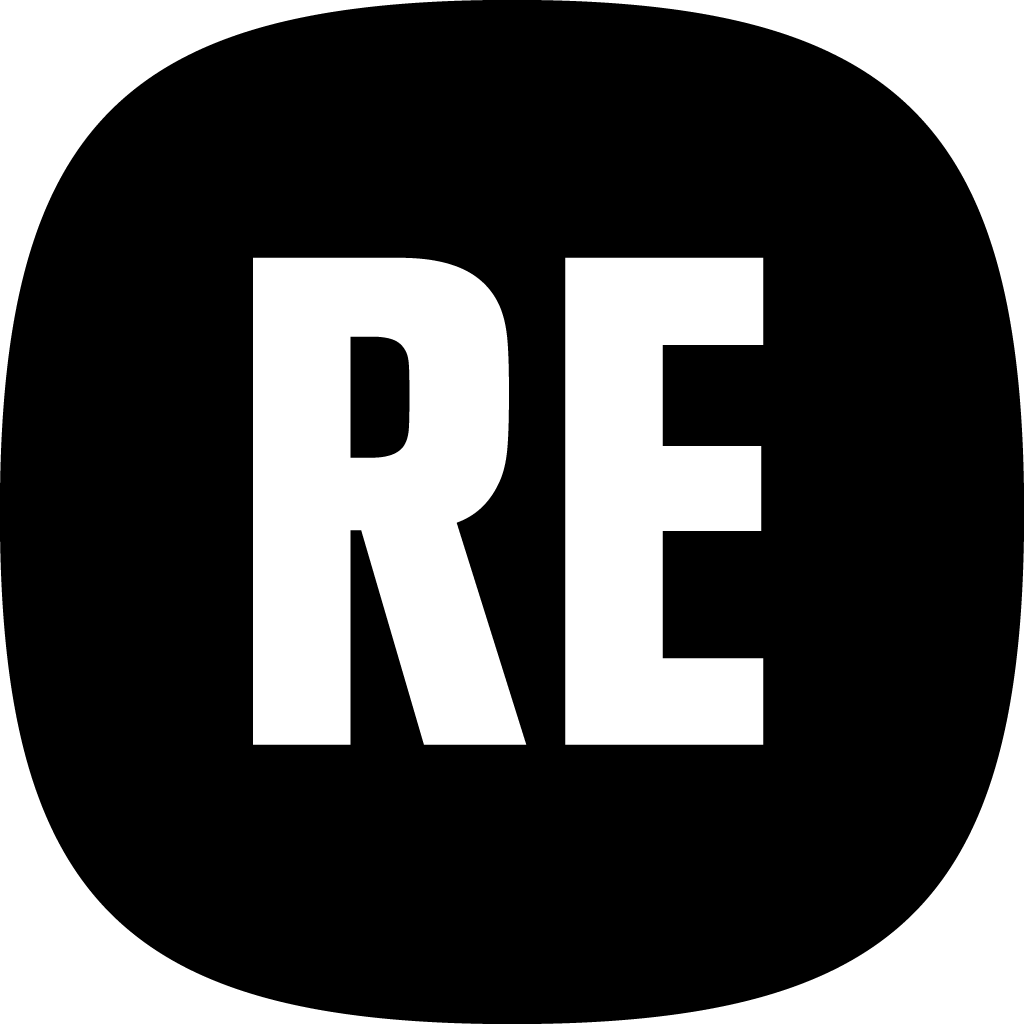Stakeholder mapping
After filling out your initial Participatory Business Models for Cultural Heritage Canvas, you can get started with stakeholder mapping - an exercise to identify all actors who have a stake in the questions raised by your Living Lab. This will help to ensure that the process is truly participatory and that the right stakeholders are involved at the proper stages to design and execute a successful participatory business model.
Not sure where to start? Use one of the existing stakeholder mapping tools to visualise your stakeholders and their needs in our playbook sample toolbox. Do not be afraid to adjust or combine the tools to suit your needs. Start by identifying stakeholder group types (for instance, corporate organisations, local communities or creatives) and then match them with specific names of organisations or persons you would like to engage.
Stakeholder mapping is an iterative exercise - you will have to come back to it and update it as your Living Lab process takes shape. For instance, during the initial engagement with the Living Lab participants, you might identify a new stakeholder group that needs to be involved.
Come back to your stakeholder mapping visualisation at regular intervals to check that all relevant stakeholders are engaged. An important note is to be conscientious and considerate of developing stakeholder engagement practices that support more diverse participants with equitable and inclusive spaces and conditions for work and collaboration. Supporting more diverse stakeholder engagement might mean creating space for participation for historically underrepresented groups, which in mapping could translate to identifying issues and interests of different communities, finding common ground, and tailoring an engagement and communication strategy in your outreach.
In the mapping of external stakeholders, consider actors who are integral to the execution of the Living Lab and need to take part in the participatory decision‐making process. Your selected Participatory Business Models for Cultural Heritage and the specific project idea determine who belongs to this group. This might range from other heritage organisations and commercial entities to local community organisations and individual citizens. Depending on the motivations and expertise each stakeholder brings, the Living Lab can determine the specific decisions and stages of the process in which they should be involved.

Share